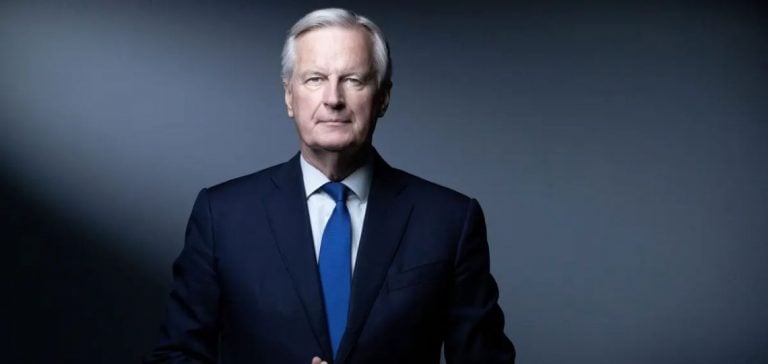The French government has published its first **Multi-Year Strategy for Financing the Ecological and Energy Transition** (Spafte) targeting the year 2030. This initiative plans a significant increase of €110 billion in low-carbon investments compared to 2021.
Increase in Low-Carbon Investments
According to the 88-page document issued by the Ministry of Economy, Finance, and Industry, low-carbon investments, valued at €109 billion in 2023, are experiencing notable growth. This increase is primarily due to the acquisition of electric vehicles by individuals, low-carbon electricity production, industrial decarbonization, and energy renovation of housing.
Financing and Reorientation of Financial Flows
The strategy highlights the necessity to massively reorient existing financial flows to support the ecological transition. Investments are expected to rise by €110 billion by 2030 compared to 2021, largely financed by the reorientation of other investments. The Spafte proposes a range of financial tools to facilitate this process.
Distribution of Financial Efforts
The success of the ecological transition relies on a balanced distribution of financial efforts among different economic actors. Currently, the public sector invests proportionally more than the private sector in low-carbon assets. In 2022, the public sector allocated 20% of its investments to low-carbon projects, compared to 13% for the private sector.
Role of the Private Sector
Despite a smaller share of low-carbon investments, private actors represent over 80% of total investments in the French economy. The Spafte document emphasizes that aligning the private sector’s share of low-carbon investments to 20% by 2027 could increase total investments to €159 billion. Without this alignment, investments would reach only €107 billion.
Investment Scenarios
Two scenarios are envisaged in the strategy. The first anticipates that if the share of low-carbon investments by households and businesses reaches 20% by 2027 and the public sector increases its share to 24%, total investments could reach €159 billion. In the alternative scenario, if the share remains at 13%, investments would amount to only €107 billion.
State Expenditures on Decarbonization
The strategy also indicates that state expenditures for decarbonization should increase, reaching €39.7 billion by 2027, an increase of €12.8 billion compared to 2023. The Finance Bill (PLF) for 2025 plans a budget of €34.5 billion, an increase of €7.6 billion compared to 2023.
Reduction of Investments in Fossil Technologies
Finally, the Spafte highlights a marked decrease in investments in fossil technologies in France. These investments are expected to be halved by 2030, in line with the decarbonization objectives aiming for carbon neutrality by 2050.






















